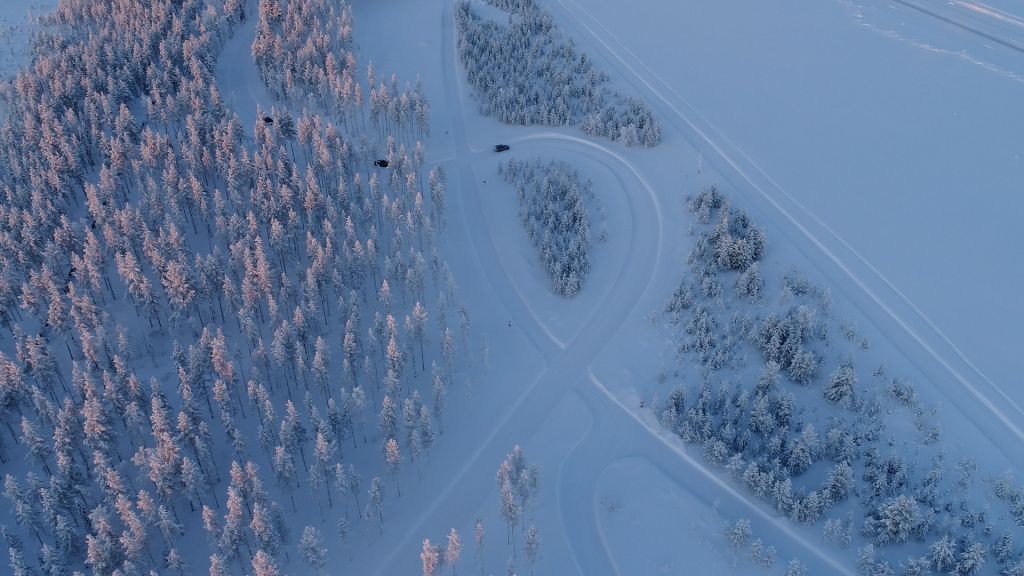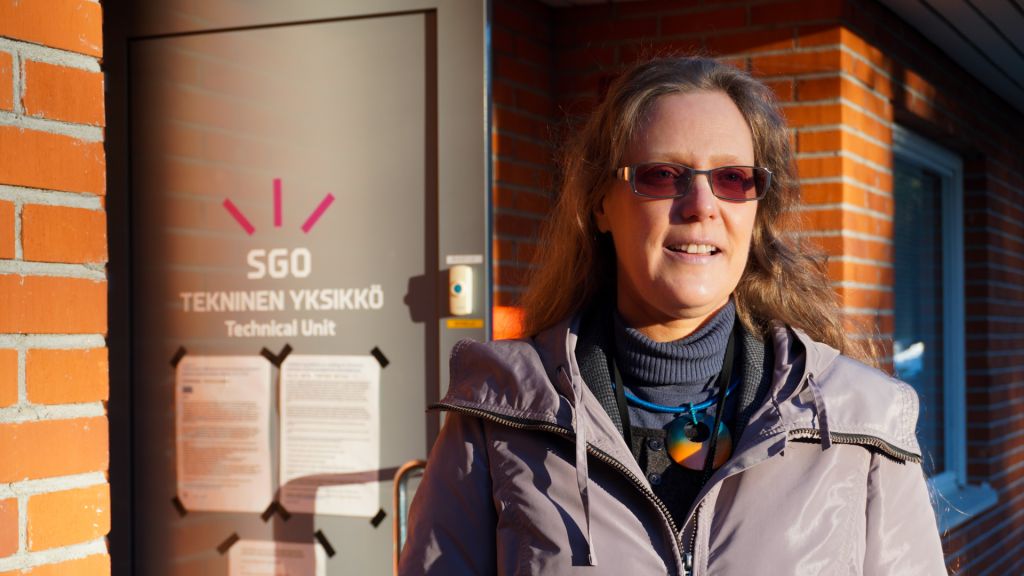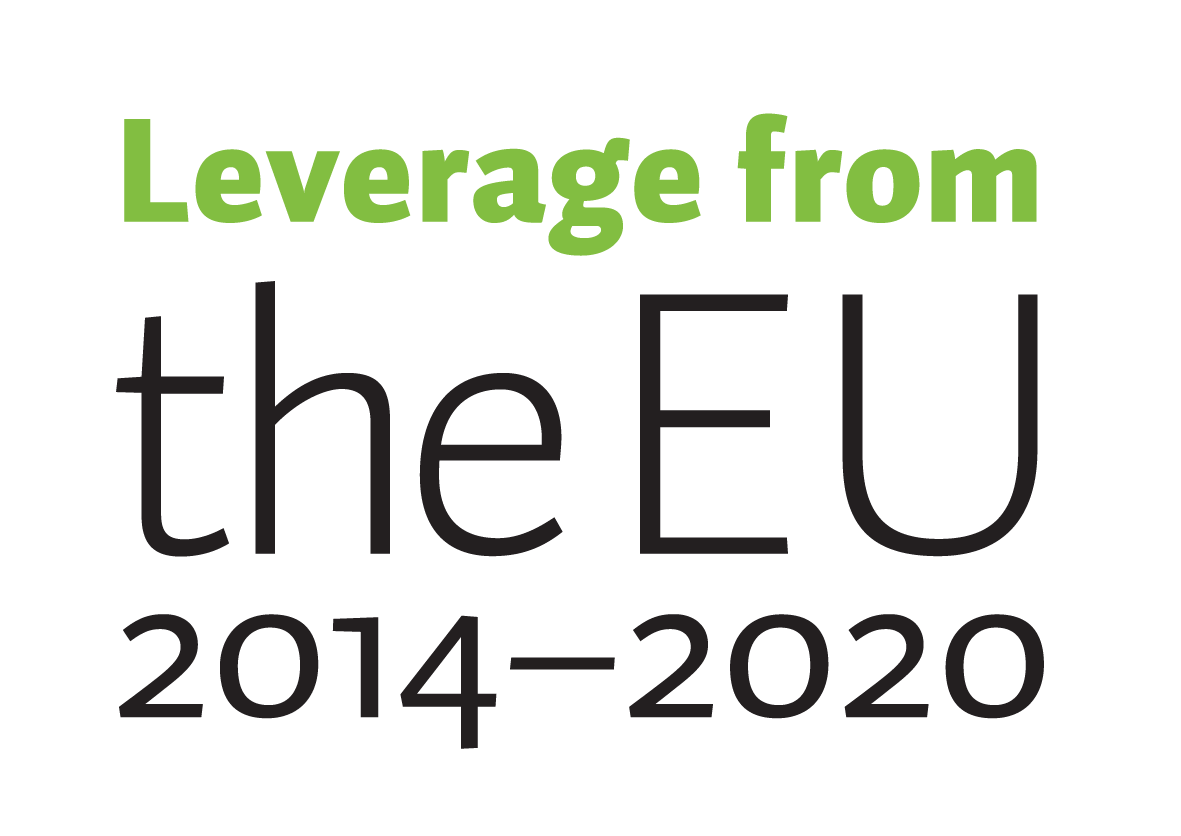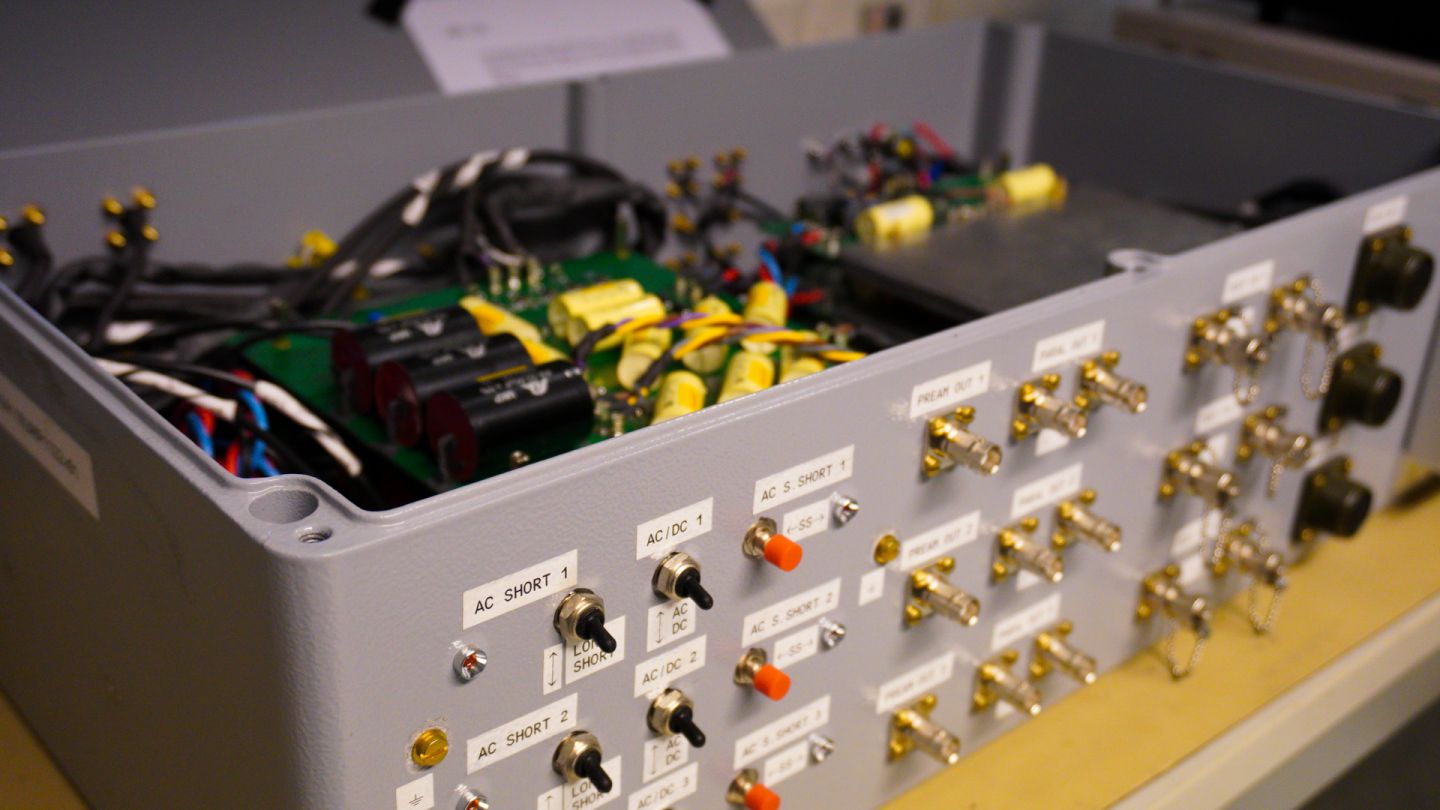The northern accessible location of Lapland and the long winter provide an excellent framework for carrying out important Arctic research work. Research centres see great potential in the utilisation of the knowledge and increasing collaboration with commercial operators.
Extremely important Arctic research work, which is at the top of its field, is carried out at Tähtelä in Sodankylä. The University of Oulu’s Observatory of Geophysics and the Finnish Meteorological Institute’s Arctic Space Centre collaborate and create attraction in the area. The Observatory was established in Sodankylä almost 110 years ago and the Finnish Meteorological Institute’s Centre was established later on. The Observatory’s main job is the constant and longterm monitoring of geo and space environment around the clock.
The Finnish Meteorological Institute carries out various research work in Sodankylä, such as atmospheric, space, snow and smart traffic research. The research centre was originally founded as a weather station in Sodankylä in 1949, and it also includes Pallas’ air quality measuring centre. The collected data is utilised, for example, in understanding climate change, weather phenomena and emissions. The station does not only process local data, but since 2011, the station has also been able to receive global data due to the procurement of its larger antenna.
Arctic conditions easily achievable
– The importance of this station is significant. There are few stations in the world that are as diverse, and particularly in this type of climate zone where we are, states Timo Sukuvaara, Head of the Group and Senior Researcher at the Finnish Meteorological Institute.
Valuable data is obtained due to the unique Arctic conditions. For example, in snow research, data can be collected by means of satellite observations as well as soil measurements. In this way, the data of both collection methods can be compared with each other and it can be ensured that the satellite observations have not been distorted due to atmospheric disturbances. In addition to this, the depth of frost can be measured beneath the soil surface.
In Sukuvaara’s opinion, the predictability and long duration of winter conditions in Lapland are essential, in which case research can be carried out more reliably and for longer periods. The long winter season can be utilised in full.
According to the Professor of Space Physics and Director of Sodankylä’s Geophysical Observatory, Eija Tanskanen, the northern, but also practical and accessible, location of Lapland and Sodankylä provide an excellent advantage for research work. Northern lights and the disturbances caused by the magnetic environment are directed to the country’s polar regions.
However, in Arctic regions, such as in Northern Canada and Russia, where research could be carried out, there is not the same amount of infrastructure as there is in Lapland. Tanskanen points out that since the said regions have no settlements, there are also no researchers – thus, research work is naturally directed to Lapland.

Diverse testing environment for smart traffic
In addition to the Finnish Meteorological Institute’s atmospheric, space and snow research, smart traffic research was started approximately 15 years ago, and it aims to improve the flow of traffic and make driving safer with communications between vehicles and infrastructure. For example, local weather and event data could be transmitted directly to the vehicle from weather stations and other vehicles in which case, slippery road conditions and recent road accidents could be predicted in a better manner.
A diverse 5G Test Network and development and piloting environment for road weather services have been implemented at Sodankylä airport, and they are utilised in, for example, winter testing and smart traffic research. The E75 Stargate testing track was created during the Sod5G project in collaboration between the Finnish Meteorological Institute, the Lapland University of Applied Sciences and the VTT Technical Research Centre of Finland. The testing area is owned by the Municipality of Sodankylä and its maintenance is ensured by Tähtikunta Oy.
The track is available to be used by commercial operators. The Finnish Meteorological Institute also carries out its own research work on the track, and it has placed measuring stations and equipment in the area. Sukuvaara explains that assistance in carrying out work is provided to commercial operators to the extent possible. Sodankylä’s testing track is a unique environment, and according to Sukuvaara, it differs from other tracks due to its long-term Arctic conditions, comprehensive weather observation equipment, modern smart traffic communication systems and continuous research work.
The development of smart traffic would require the involvement of major car and equipment manufacturers, which is also the long-term objective. Sukuvaara explains that with the help of car manufacturers, the aim would be to obtain information about observations made by vehicles on the road, and thus the weather information to be produced for cars could be specified, and observations could be made about the flow of traffic.
Smart traffic and autonomous driving is however a large entity, which involves many details.
– It involves one element, weather, which we are extremely familiar with – I could even claim that we are more familiar with it than anyone else.

Treasure chest of valuable data
Natural threats and radio disturbances, cosmic rays, Northern Lights research, seismic measurements and magnetic environment studies, among other things, are studied at the Geophysical Observatory in Sodankylä. Research on the magnetic environment has been carried out at SGO for the longest consecutive period in the world, for 106 years.
The data to be collected can be used to review and better understand disturbances of the magnetic environment, such as problems in the distribution of electricity, energy management, heating, water distribution and GPS location services. Space storms cause disturbances on Earth, and these are also studied at the observatory. Disturbances can occur in e.g., satellite-based services, radiation safety in polar regions, telecommunications and conquests of space.
The research centre aims to collect information and carry out measurements, but not make practical solutions concerning them, and for this reason, the centre provides a range of assistance and resources for different operators and product developers.
– This observatory is a treasure chest, Tanskanen exclaims.
Valuable data is also collected elsewhere in Lapland for the research centre to utilise. For example, the unique KAIRA system at Kilpisjärvi helps study the sun, radio disturbances and flares, so that possible future disturbances on Earth can be assessed. A 3D radar station, EISCAT, that transmits 3D images is being built in Karesuvanto. The “Northern Lights radar” can be used to clarify the effects space weather disturbances have on technological systems, such as satellites, satellite location services and electricity grids.
In addition to this, SGO is involved in a large European EPOS infrastructure project in which international and national research infrastructure is developed. The observatory aims to, for example, improve magnetic measurements so that natural phenomena can be observed with even greater detail. Pulsation magnetometers designed and produced by the SGO are used for this purpose, and they represent the special expertise of the research centre.
Commercialisation and business growth through business collaboration
The observatory carries out various cooperation with different commercial operators in connection with procurements and projects. Tanskanen sees great potential in the collaboration with companies and other operators.
– There are a huge amount of collaboration opportunities, for example, in the infrastructure project FLEX-EPOS which has just started. I’m very delighted by how many start-ups there are popping up on our field. New businesses produce products such as sensors, lighter and better location devices, trackers and software for instruments and small satellites.
An international innovation event, which is a part of a large EU-scaled project, shall be organised in Tähtelä in the near future and commercial operators shall be invited to it. Tanskanen explains that the event is an excellent way of networking and familiarising in the work and operations of the research centre. In addition to this, Tähtelä’s Science Days, which is an event that focuses on research work done in the Tähtelä area, shall be organised next year.
The director also has big dreams for the future. Tanskanen particularly hopes for a Northern Lights centre to be established in Sodankylä because it would open entirely new opportunities for the region.
– There is no better place in the world than here for a Northern Lights centre, Tanskanen justifies. – It would offer local operators all sorts of opportunities if one was established.
The Northern Lights centre wouldn’t necessarily have to be built in the Tähtelä area, but it would be good to be in Sodankylä, she considers. Tanskanen encourages interested partners to be in contact because the centre could be established in collaboration.
The Finnish Meteorological Institute is involved in the recently initiated two-year 5G-Safe-Plus project, which aims to prevent road accidents by delivering topical information to vehicles over the 5G network. Several research centres and Finnish companies, such as Vaisala, Teconer and Destia, are participating in the project.
– We are on the right path in the sense that we have the industry’s major and national operators involved.
Sukuvaara hopes that an increasing amount of similar business collaboration could be carried out.
According to Sukuvaara, in addition to autonomous driving, particularly the research of energy-efficient methods and weather observations have good utilisation opportunities for commercial operators. One example is the vehicles’ ability to observe snow-covered traffic signs and the observation of road surface conditions with sensors in which case road maintenance knows when it is necessary to go and plough the roads. In Sukuvaara’s opinion, the implementation of green technology and sustainable solutions is an important direction for future research.
In terms of weather data, the research centre’s customers include, for example, marine research centres and icebreakers for which satellite information is produced about the ice cover.



